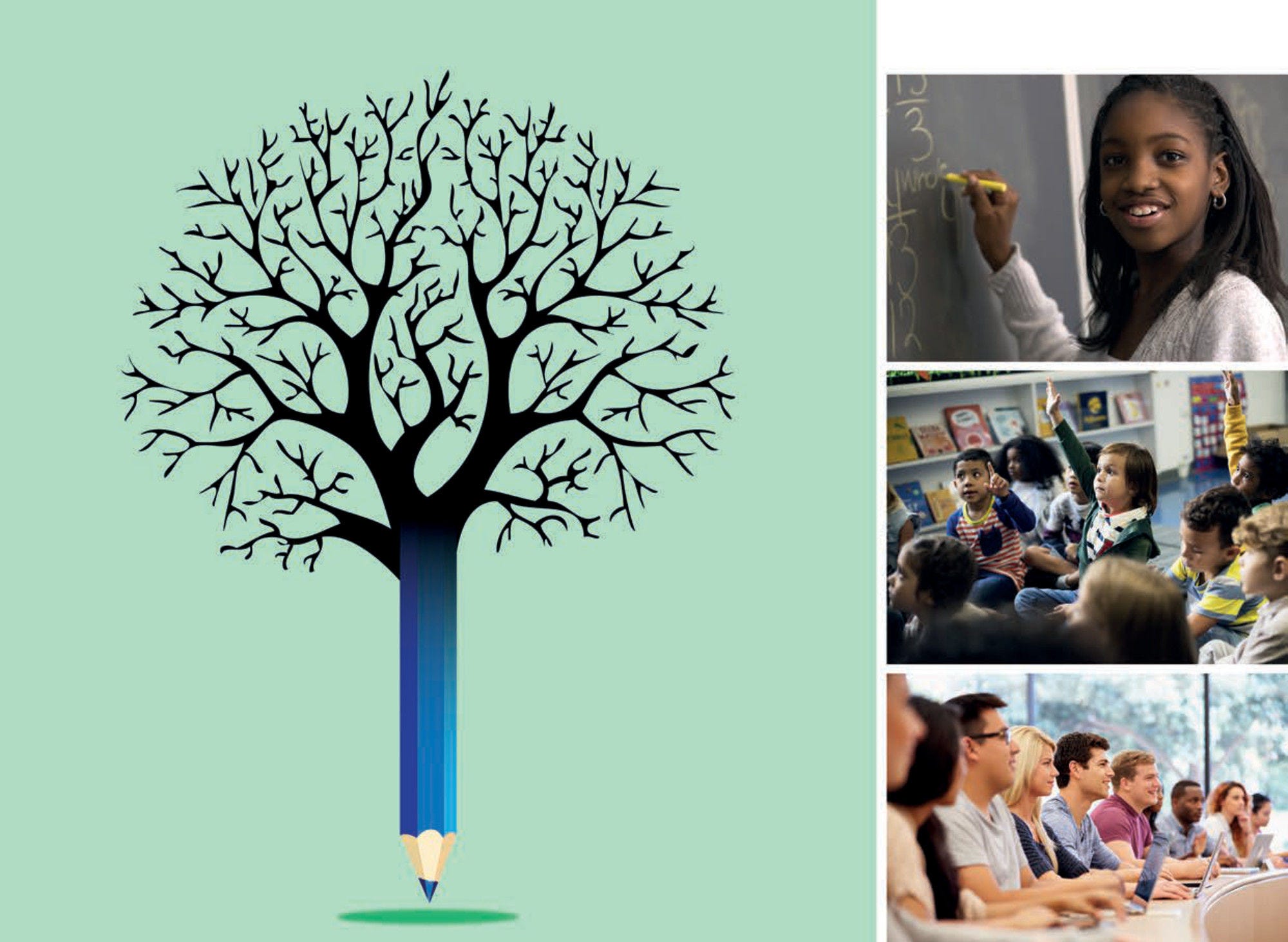Schools in Kazakhstan have more favourable disciplinary climates in science lessons compared to other OECD countries, according to students’ reports in the Programme for International Student Assessment (PISA) 2015, with an index of disciplinary climate of 0.93 (the OECD average index value was 0.00). The PISA 2015 index of instructional educational leadership (measuring the frequency with which principals report doing leadership activities specifically related to instruction) was also above the OECD average at 0.55 (the OECD average was 0.01) (OECD, 2016[1]).
National data collected in 2018 indicated that 90.5% of teachers teaching in general secondary education in Kazakhstan have a higher education degree. In 2018, the OECD’s Education Policy Outlook Country Profile for Kazakhstan reported that the average student-teacher ratio across primary and secondary education is 10, although this varies significantly within the country (OECD, 2018[364]). This is below the OECD average of 15 at primary level and 13 at secondary level (OECD, 2018[2]).
According to national data from 2011, teachers with a higher-education qualification and 15 years of experience earned between 25% and 30% of the average salary of a worker in another sector with comparable academic credentials. Similar data from across a range of OECD countries indicates that on average teachers in OECD countries earn 91% of the average salary of a full-time, full-year worker with tertiary education. However, in 2016 Kazakhstan introduced a new model of civil servant remuneration that led to salary increases of 19.3% for secondary teachers and 17.2% for primary school teachers (OECD, 2018[364]). According to the OECD Teaching and Learning International Survey (TALIS) 2018, 67.3% of teachers in Kazakhstan said that if they could choose again, they would still become a teacher; this was lower than the OECD average of 75.6%. Furthermore, 63.4% of teachers felt that the teaching profession was valued in society, compared to an OECD average of 25.8% in 2018 (OECD, 2019[3]).
Schools in Kazakhstan are currently undergoing reform processes for external evaluation. In 2017, 60.6% of the schools that underwent the accreditation process received a favourable decision (OECD, 2018[364]). Every five years, teachers in Kazakhstan are also required to undergo an accreditation process based on professional standards. This takes into account teachers’ results in a national qualification test and a self-prepared teacher portfolio.
The share of students enrolled in secondary schools whose principal reported in PISA 2015 that standardised tests are used to make decisions on students’ promotion or retention was 76.8%, which was above the OECD average of 31.3% (OECD, 2016[1]).
In 2014, 70% of Kazakhstan’s total expenditure on higher education came from private rather than public sources (OECD, 2018[364]). By way of comparison, across all OECD countries, 30% of funding came from private sources in the same year (OECD, 2018[2]).
